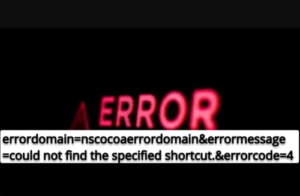When You Should Pull Over
Some car maintenance problems should be dealt with sometime this week. Others need to be addressed before your next trip. Serious car issues, however, require you to pull over immediately and turn off the engine. If you’re concerned about an engine light on situation, review these signs that help you decide how serious an issue is before ordering the right replacement parts.Can I Drive With a Check Engine Light On?
In most situations, a check engine light doesn’t mean you need to pull over immediately. It can be dangerous to pull over in some situations, so don’t attempt to pull to the side of the road unless it’s safe. Your check engine light turns on for a whole number of issues with different car parts, from problems as small as a loose gas cap to serious engine trouble.
There are, however, situations where it isn’t safe to continue to drive. These issues can put you and/or your vehicle in serious danger, so it’s worth stopping quickly to address the problem. Here are some common signs that you should pull over as soon as safely possible:
- Low oil pressure
- High temperatures
- Stuttering engine
- Difficulty steering
- Steam from your engine compartment
- Obstructed visibility
- Fire, smoke or burning smells
These situations are all rare, but serious. High temperatures or low oil pressure could cause significant engine damage in just a few minutes. Obviously, a fire could turn into major injuries and even the risk of an explosion. Don’t let the risk of major engine failure cause you to swerve dangerously around traffic, but pull over as soon as it’s safe to do so and turn off your engine.
Why Is My Check Engine Light On?
Even if you’re not experiencing one of these serious issues, it’s a good idea to have your check engine light checked. This warning light doesn’t turn on for no reason, so stop by your local auto parts store for a free check engine light service. Minor issues may not cause a fire or major engine damage, but you can still experience reduced fuel economy or other issues.
A check engine light inspection will offer more helpful information. That small warning light doesn’t provide a lot of information, but an error code reader can connect with your car’s engine control unit to learn more about the specific error code. These codes each address a specific issue from a particular sensor in your vehicle. Modern cars have a wide range of electrical sensors, which can send one of over 5,000 error codes to your engine control unit. Here are some of the most common causes of a check engine light:
- Damaged oxygen sensor
- Loose gas cap
- Damaged mass air flow sensor
- Failing catalytic converter
These aren’t issues that require you to pull over immediately, but you should have them fixed before taking another trip in your vehicle. For more information about your check engine light, or to find the replacement parts your vehicle needs, stop by your local auto parts store for affordable prices and reliable solutions.







